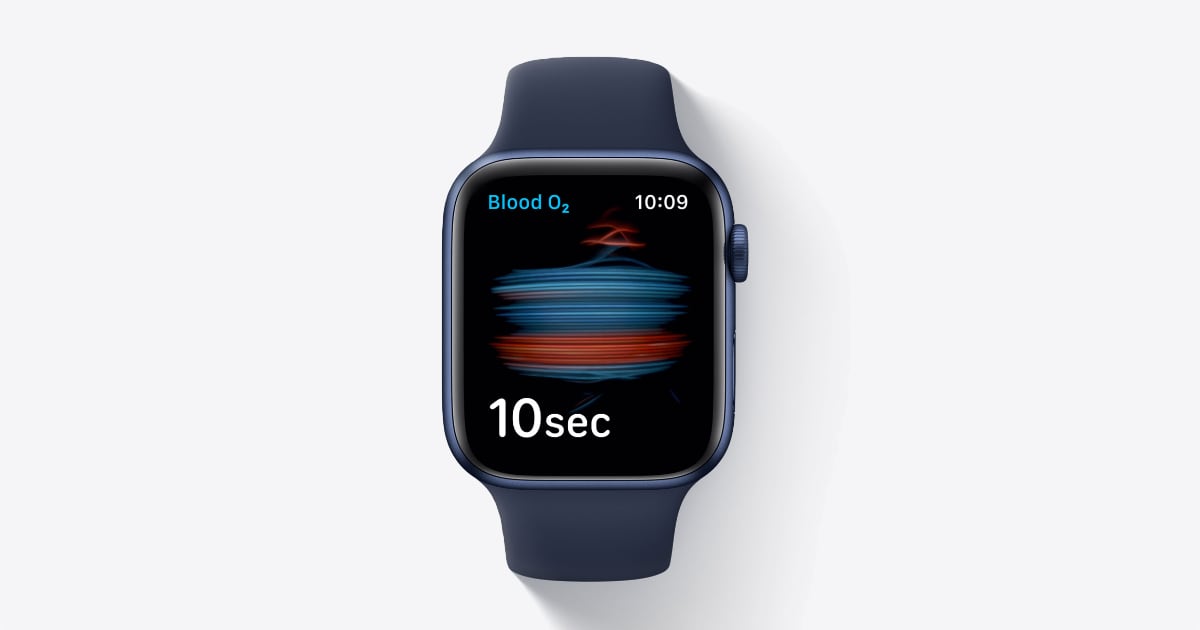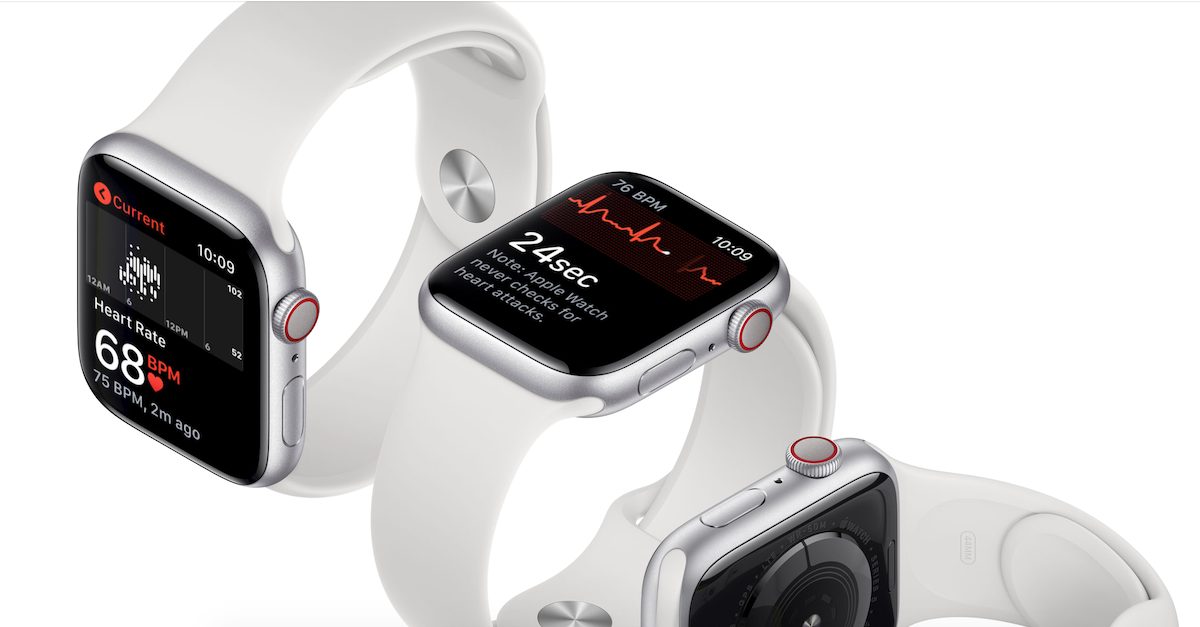According to a new report, Apple is working on several new health-related sensors for Apple Watch including a blood pressure monitor and a thermometer to help with fertility planning, among others. These features will most likely be added to the wearable platform by 2022.

Apple Watch to receive more ambitious health sensors by 2022
According to The Wall Street Journal, most of the Cupertino tech giant’s health-related improvements are not expected to arrive before 2022. The fertility feature could be available in Apple Watch Series 8 alongside “potential improvements” to irregular heartbeat monitoring and sleep tracking.
Beyond 2022, Apple is also working on technology that would allow Apple Watch to detect sleep apnea, provide medical guidance when it senses low blood oxygen levels, and maybe spot diabetes. Note that sources informed WSJ that any of the abovementioned features might change before they roll out. Alternatively, they may never launch at all.

Aside from the planned features, the tech giant is also pushing the Food and Drug Administration to approve updates of its current Apple Watch health features.
Separately, Apple wants the FDA to sign off on updates to existing watch features. One such update would allow people diagnosed with the irregular heart rhythm known as atrial fibrillation, or AFib, to use the watch feature designed to track that condition, according to the documents and people familiar with the plans. Another would allow the company to alert users if their blood-oxygen level drops, people familiar with the issue said. Today the blood-oxygen sensor provides a reading, but doesn’t alert users, and the AFib feature can only be used by people who say they don’t have that condition.
In contrast to earlier reports, there are no revolutionary health sensors currently expected on Apple Watch Series 7. This was recently reiterated by Bloomberg’s Mark Gurman when a Twitter user asked him about the possibility of a blood pressure sensor in the upcoming Apple Watch, to which he replied “no chance”.
Read more: